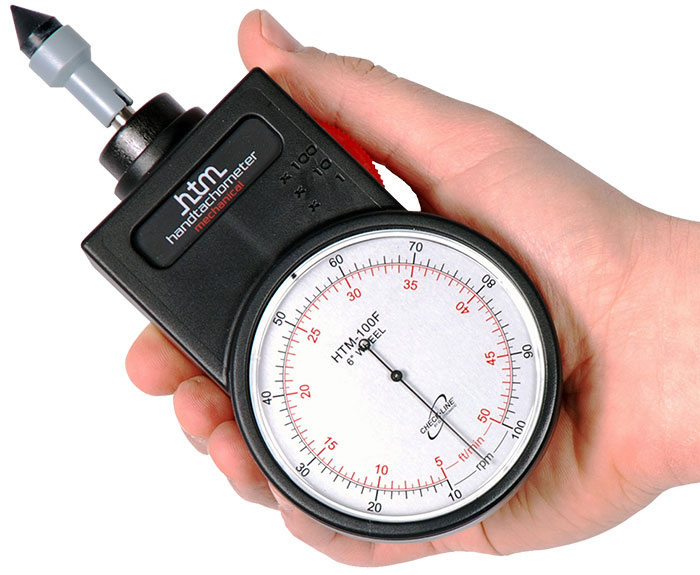Discovering the Functions and Advantages of a Tachometer: A Comprehensive Guide for Car Enthusiasts
From providing real-time information on engine speed to helping in maximizing equipment shifts, the tachometer offers as more than simply a dial on the control panel. Its multifaceted functions not only improve driving experience yet likewise play an essential role in keeping engine health and performance.
Recognizing the Essentials of a Tachometer
In the realm of vehicle instrumentation, recognizing the fundamentals of a tachometer is crucial for any kind of car fanatic aiming to explore the details of engine performance surveillance. A tachometer, frequently presented on the control panel of an automobile, determines the engine's changes per min (RPM) This vital tool offers real-time data on just how fast the engine crankshaft is turning. By keeping an eye on the RPM, drivers can guarantee they are operating within the ideal variety to make the most of efficiency and effectiveness.
Tachometers typically have actually a scale marked in transformations per min, with a redline suggesting the optimum speed at which the engine can securely run (tachometer). This details is important for protecting against engine damages and optimizing gear moving for hand-operated transmissions. Additionally, tachometers can help in identifying engine issues such as misfires or a falling short ignition system by identifying uneven RPM analyses
Value of Checking Engine Rate

Checking engine speed is a vital aspect of lorry upkeep and efficiency optimization for automobile fanatics and specialists alike. The engine speed, measured in transformations per minute (RPM), suggests exactly how quickly the engine's crankshaft is turning. By keeping a close eye on the RPM, motorists can ensure that the engine is running within the optimal range, preventing potential damage from over-revving or delaying. Keeping an eye on engine rate is specifically critical throughout gear changes, as it aids motorists figure out the ideal time to change equipments for smooth acceleration and effective gas usage.
Additionally, tracking engine rate can likewise offer important understandings right into the total health and wellness of the lorry. Generally, keeping track of engine rate with a tachometer is a basic method that can improve driving efficiency, lengthen engine life, and guarantee a much safer and extra enjoyable driving experience.
Enhancing Performance Via Equipment Shifts
Maximizing performance through strategic equipment shifts is a key aspect of maximizing a car's effectiveness and power click this outcome. Correct gear changing makes certain that the engine runs within its ideal power band, permitting smooth acceleration and boosted fuel economy. When moving equipments, it is important to focus on the engine speed suggested on the tachometer. By checking the engine transformations per minute (RPM), chauffeurs can establish the most favorable minutes to upshift or downshift for optimum performance.

To accomplish peak efficiency via equipment changes, motorists need to practice smooth and timely transitions in between equipments, matching engine speed with road speed to harness the complete capacity of their vehicle's powertrain.
Making The Most Of Performance With a Tachometer
Mastering the art of gear changing in high-performance vehicles not only boosts driving experience but also plays an important function in maximizing effectiveness with a tachometer. tachometer. By paying very close attention to the tachometer readings, vehicle drivers can maximize their equipment shifts to operate within the engine's most effective variety. When accelerating, shifting gears at the best RPM indicated by the tachometer can protect against the engine from exhausting or underperforming, bring about enhanced fuel efficiency and total performance
Furthermore, a tachometer helps chauffeurs stay clear of unnecessary revving, which not just loses fuel but also places unneeded stress on the engine. Constantly checking the tachometer while driving allows for smoother gear transitions, lowering wear and tear on the transmission system top article in time.

Advanced Tips for Tachometer Use
To delve right into advanced pointers for tachometer application, take into consideration including the usage of shift lights. Change lights are aesthetic signs that illuminate when it's time to shift equipments based on engine transformations per min (RPM), allowing for seamless equipment modifications without regularly keeping an eye on the tachometer. By fine-tuning change points and setting advising limits, drivers can enhance acceleration and engine efficiency while minimizing the threat of over-revving.
Final Thought
In verdict, the tachometer offers as an important tool for automobile enthusiasts to keep track of engine speed, enhance efficiency through equipment changes, and maximize effectiveness. By recognizing the functions and advantages of a tachometer, chauffeurs can enhance their driving experience and prolong the life expectancy of their lorry. Utilizing innovative ideas for tachometer use can further boost driving abilities and overall performance on the roadway.